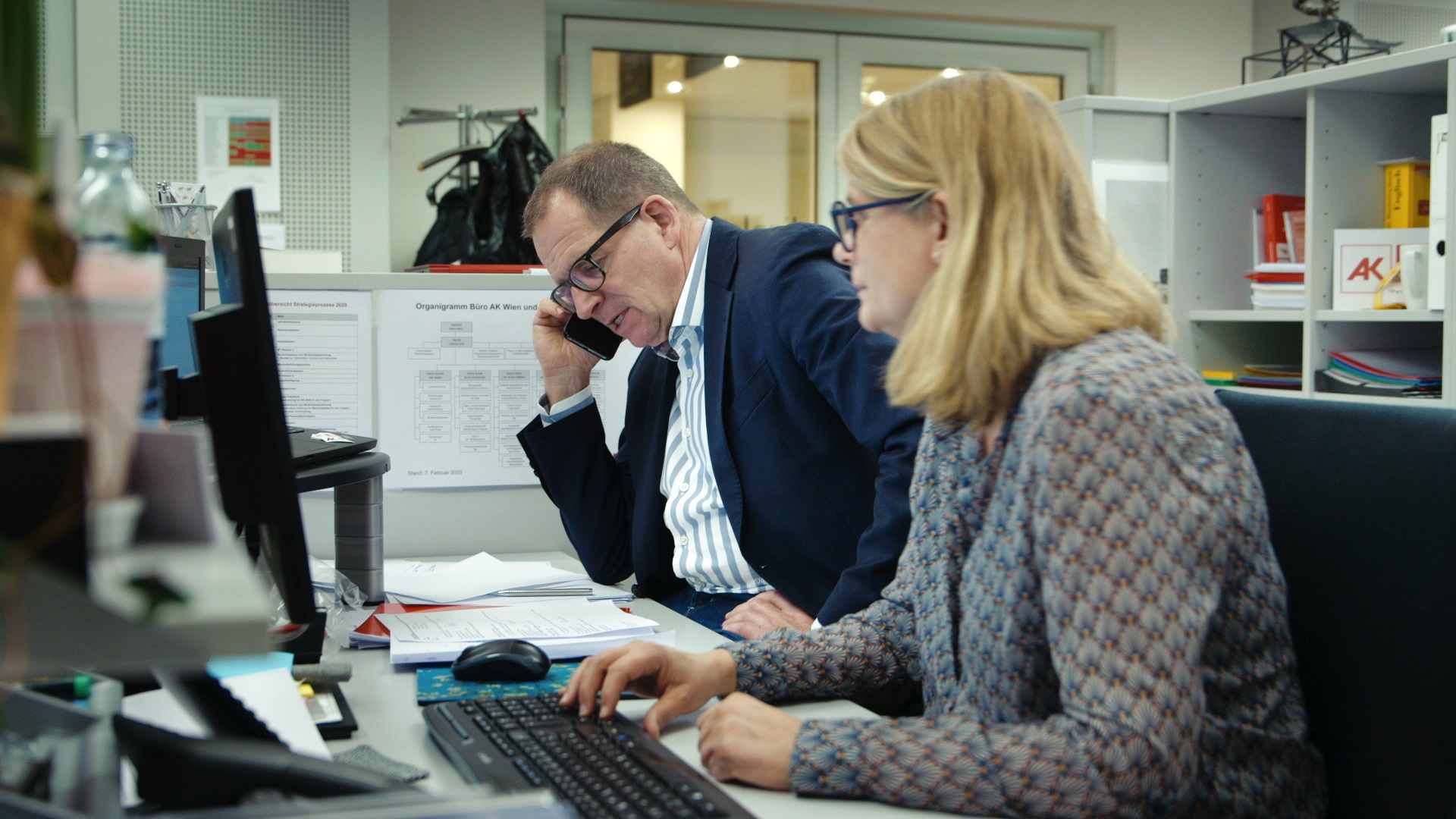Die Vielen: The Fascinating World Of German Plurals Unveiled
Alright, let’s dive into something that might sound simple but is actually a linguistic playground. Die vielen! Yep, you heard it right. The German plurals. Now, before you roll your eyes thinking, “Oh great, another grammar lesson,” hear me out. This ain’t just about rules and regulations. It’s about understanding a language that’s as deep and intricate as the Black Forest itself.
You see, mastering die vielen—or the many—can open doors to a world of communication that’s rich in culture and history. And hey, if you’re here, chances are you’re either a language enthusiast or someone who’s tired of getting confused between singular and plural forms. Either way, you’re in the right place.
Let’s break it down. The German language is like a puzzle, and once you start putting the pieces together, it becomes less intimidating and more exciting. So, buckle up, because we’re about to explore the fascinating world of German plurals and why die vielen matter more than you think.
- Luna Ms The Rising Star In The Music Industry
- Athletic Park Erkner Your Ultimate Guide To Fitness And Recreation
What Exactly Are Die Vielen?
First things first, die vielen refers to the plural forms in German. But it’s not just about slapping an "s" at the end of a word like we do in English. Oh no, German plurals come with their own set of rules—and exceptions. And let’s be real, those exceptions are what make learning German so darn interesting.
Here’s the deal: German plurals can change in three main ways: by adding endings, changing the stem vowel, or doing both. Sometimes, they don’t change at all. Confusing? A little. But once you get the hang of it, it’s like solving a mystery one clue at a time.
For example, take the word "Haus" (house). Its plural is "Häuser." Notice the umlaut and the suffix "-er"? That’s just one of the many quirks of German plurals. And trust me, there’s a lot more to uncover.
- Mastering Budget Stoffen The Ultimate Guide To Stretching Your Fabric Dollar
- Eisleben Feuerwehr The Heartbeat Of A Communitys Safety
Why Should You Care About Die Vielen?
Okay, so why does this even matter? Well, here’s the thing: mastering German plurals is crucial if you want to communicate effectively. Think about it. If you say "Ich sehe ein Auto" (I see a car) instead of "Ich sehe Autos" (I see cars), you’re technically saying something different. And in a language as precise as German, precision matters.
Plus, understanding die vielen can help you sound more natural when speaking German. Imagine going to Germany and ordering "eine Bier" instead of "Bier(e)." You’ll definitely get some raised eyebrows. So yeah, it’s important.
And let’s not forget the cultural aspect. Learning how German plurals work gives you insight into the German way of thinking. It’s like a window into their world, and who wouldn’t want that?
Common Patterns in German Plurals
Now that we’ve established why die vielen are important, let’s talk about the patterns. German plurals can be grouped into a few common categories. Stick with me here, because this is where things start to get interesting.
1. Adding "-e": This is probably the most common plural form. Words like "Tisch" (table) become "Tische" in the plural. Easy peasy, right?
2. Adding "-er" with an umlaut: Remember "Haus"? It becomes "Häuser." This pattern is especially common with nouns that end in "-t," "-d," or "-s."
3. Adding "-n" or "-en": Words like "Freund" (friend) become "Freunde" in the plural. This one’s pretty straightforward.
4. No change at all: Yep, some nouns don’t change in the plural. Words like "Kind" (child) remain "Kinder" in both singular and plural forms. Mind = blown.
Let’s Break It Down Further
Here’s a quick rundown of some examples:
- Tisch → Tische
- Haus → Häuser
- Freund → Freunde
- Kind → Kinder
See how different they are? And that’s just the tip of the iceberg.
Exceptions That Make the Rule
Now, let’s talk about the exceptions. Because let’s face it, German grammar loves to keep you on your toes. Some nouns don’t follow the usual patterns and instead opt for their own unique ways of forming plurals.
For example: The word "Herr" (Mr.) becomes "Herren" in the plural. Notice the "-en" ending instead of the usual "-er"? That’s one of those quirky exceptions I was talking about.
And then there’s "Frau" (Mrs.), which becomes "Frauen" in the plural. Again, no umlaut, just an "-en" ending. It’s like German plurals have their own secret handshake.
But hey, don’t let these exceptions scare you. Once you start recognizing them, they’ll become second nature.
Why Exceptions Exist
So, why do these exceptions exist? Well, language evolves over time, and German is no exception. Some of these exceptions are remnants of older forms of the language, while others are influenced by regional dialects. It’s like a linguistic treasure hunt, and every exception is a clue waiting to be discovered.
Die Vielen in Everyday Life
Alright, let’s bring this back to real life. How often do you think you’ll encounter die vielen in everyday German conversations? The answer is: all the time. From ordering food to talking about your hobbies, German plurals are everywhere.
For instance, if you’re at a restaurant and want to order multiple dishes, you’ll need to know the plural forms. "Ich möchte zwei Pasta" just doesn’t sound right. It’s "Ich möchte zwei Pasten." See the difference?
And let’s not forget about shopping. If you’re at a store and want to buy more than one item, knowing the plural forms can save you from some awkward moments. "Ich kaufe einen Apfel" (I buy an apple) vs. "Ich kaufe Äpfel" (I buy apples). Small changes, big impact.
Real-Life Examples
Here are a few more examples to help you visualize:
- Apfel → Äpfel
- Buch → Bücher
- Tasse → Tassen
Notice how the patterns repeat? That’s the beauty of German plurals. Once you recognize the patterns, you can apply them to almost any noun.
Mastering Die Vielen: Tips and Tricks
Now that you know the basics, let’s talk about how to master die vielen. Here are a few tips to help you along the way:
- Practice, practice, practice: The more you expose yourself to German plurals, the easier they’ll become.
- Use flashcards: Write down singular and plural forms of common nouns and quiz yourself regularly.
- Read German texts: Reading helps you see plurals in context, which makes them easier to remember.
- Listen to native speakers: Pay attention to how native speakers form plurals in conversation. It’s like learning from the pros.
And remember, it’s okay to make mistakes. Every mistake is a step closer to mastering die vielen.
Why Practice Matters
Think of mastering German plurals like learning to ride a bike. At first, it feels awkward and you might fall a few times. But with practice, you’ll find your balance and soon be cruising down the street like a pro. Same goes for die vielen. The more you practice, the more natural it’ll feel.
Common Mistakes to Avoid
Before we wrap up, let’s talk about some common mistakes learners make when dealing with die vielen. Awareness is half the battle, so here’s what to watch out for:
- Forgetting the umlaut: Words like "Haus" become "Häuser," not "Hauser." That little dot matters!
- Using the wrong ending: Remember, "Freund" becomes "Freunde," not "Freunds." Pay attention to those endings.
- Ignoring exceptions: Don’t assume every noun follows the same pattern. Some nouns, like "Herr," have their own rules.
By avoiding these mistakes, you’ll sound more natural and confident when speaking German.
Final Thoughts
So, there you have it. Die vielen might seem intimidating at first, but with a little effort and practice, they can become your linguistic best friends. German plurals are a gateway to understanding the language on a deeper level, and mastering them can open doors to a world of communication and culture.
Now, here’s the fun part. I want you to take action. Start practicing those plurals. Write them down, quiz yourself, and most importantly, use them in real-life situations. The more you engage with die vielen, the more they’ll become second nature.
And hey, if you found this article helpful, don’t forget to share it with your friends. Who knows? You might inspire someone else to dive into the fascinating world of German plurals too.
References
For further reading, check out these trusted resources:
- Duden – The ultimate German language dictionary.
- DW Learn German – A fantastic resource for German learners.
- Lingolia – A comprehensive guide to German grammar.
Table of Contents
- What Exactly Are Die Vielen?
- Why Should You Care About Die Vielen?
- Common Patterns in German Plurals
- Exceptions That Make the Rule
- Die Vielen in Everyday Life
- Mastering Die Vielen: Tips and Tricks
- Common Mistakes to Avoid
- Final Thoughts
- References



Detail Author:
- Name : Imani Runolfsson
- Username : dawson09
- Email : orath@hansen.com
- Birthdate : 1981-05-10
- Address : 351 Hoeger Land Suite 389 Pollichport, RI 34070
- Phone : +1 (463) 395-6015
- Company : Hill Ltd
- Job : Financial Manager
- Bio : Adipisci vitae et explicabo iusto non. Corrupti quis voluptatem quas laudantium delectus. Aliquam voluptatibus omnis distinctio dolore hic eaque.
Socials
linkedin:
- url : https://linkedin.com/in/jaquan.kuhic
- username : jaquan.kuhic
- bio : Neque ut ratione neque esse.
- followers : 6178
- following : 2845
twitter:
- url : https://twitter.com/jaquan_xx
- username : jaquan_xx
- bio : Id qui assumenda aut tempora ut eum. Voluptatem itaque enim voluptas non mollitia ex quia. Provident recusandae esse cumque voluptate.
- followers : 6180
- following : 1963